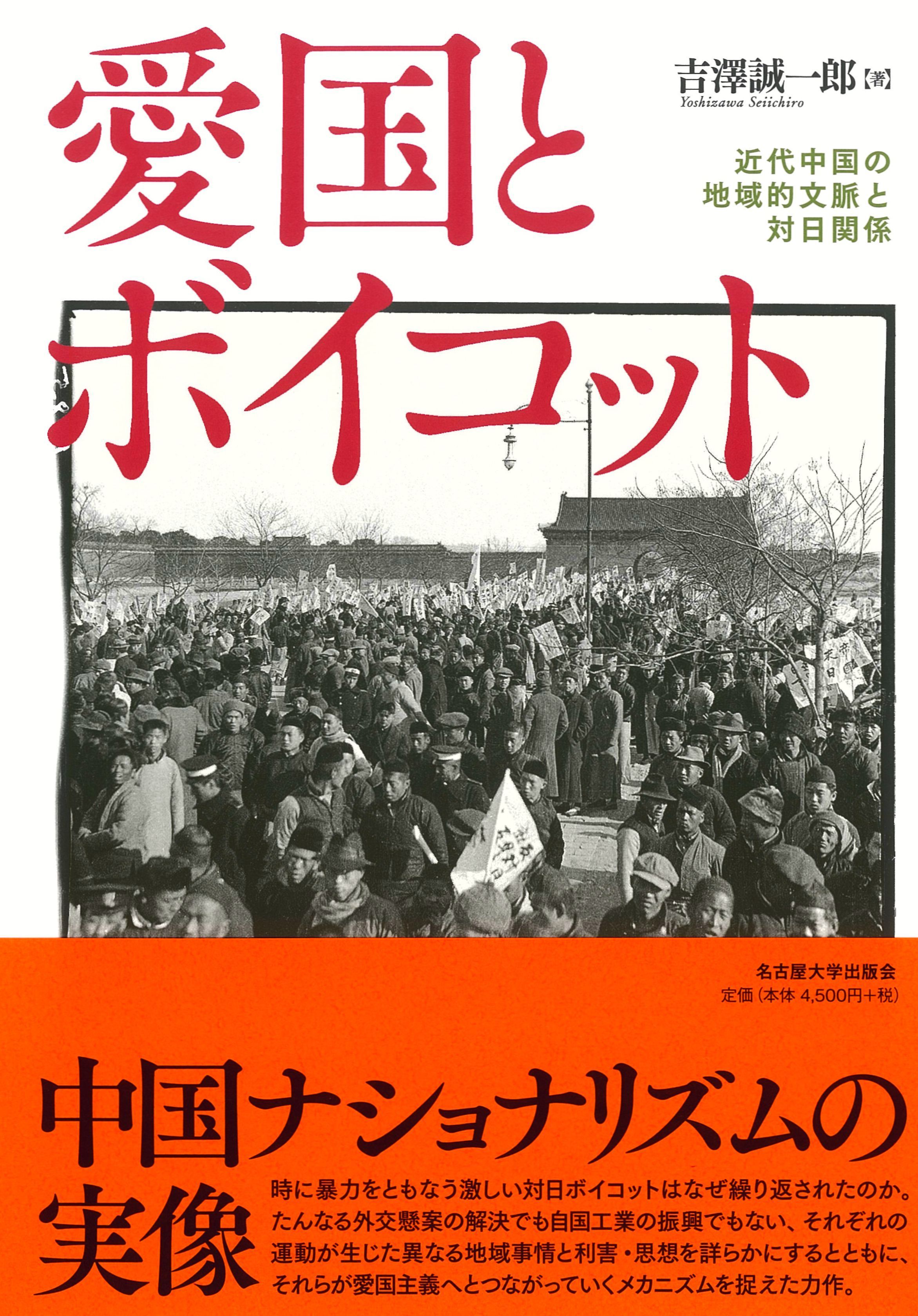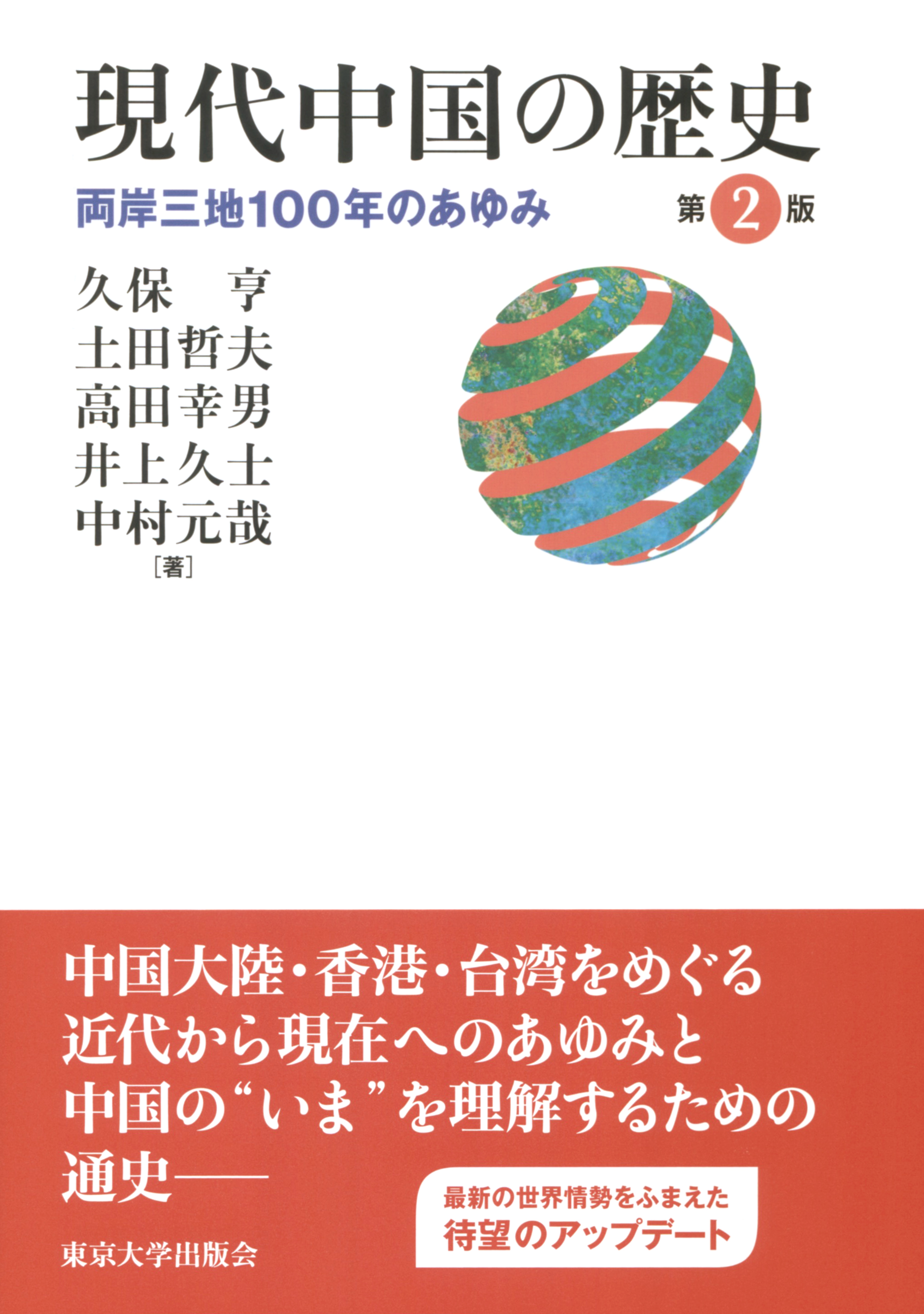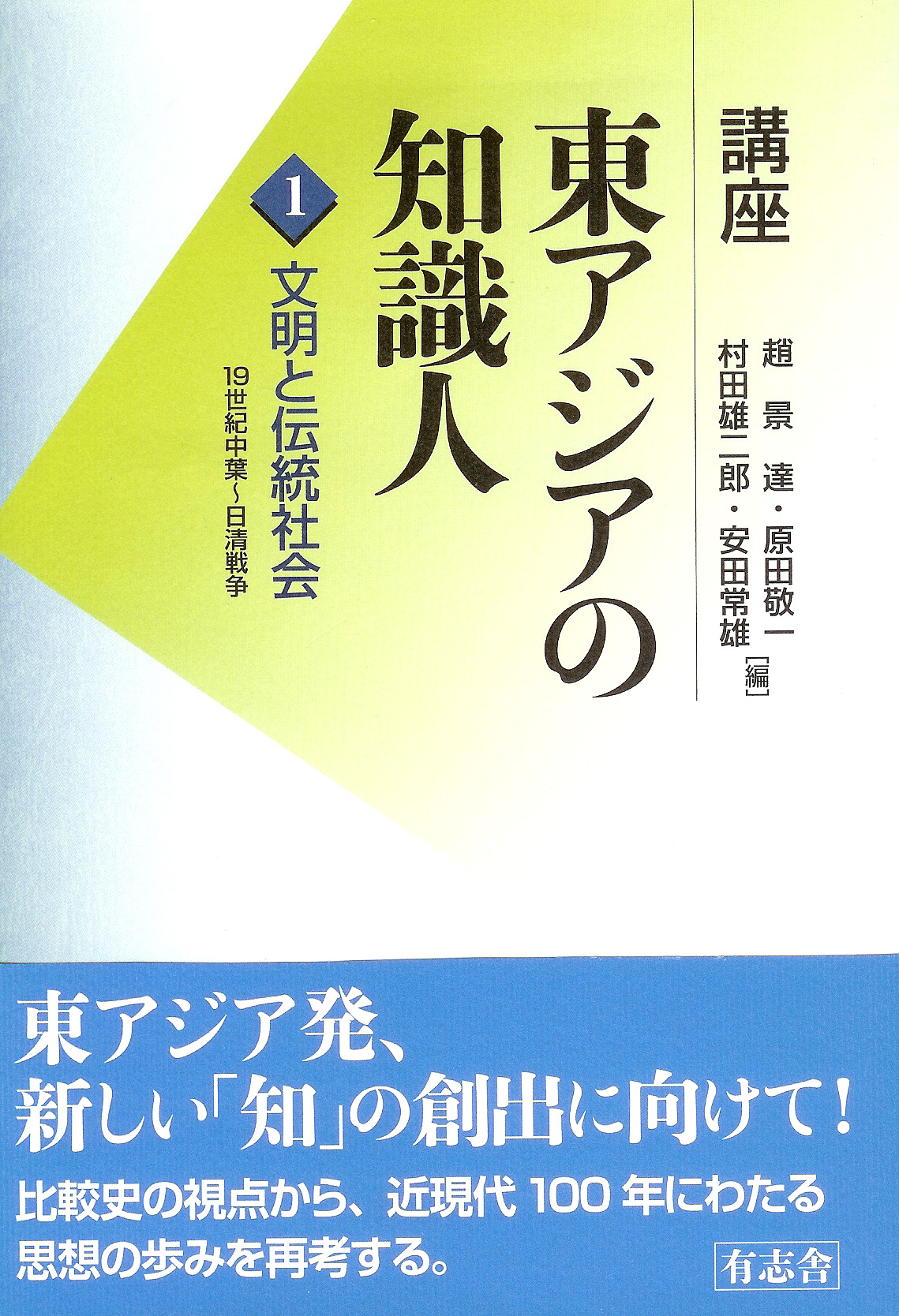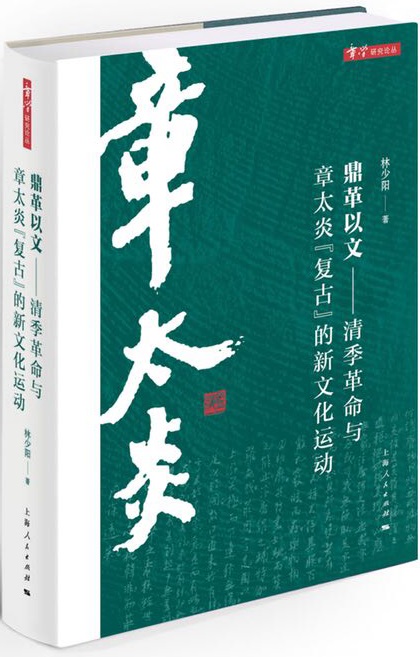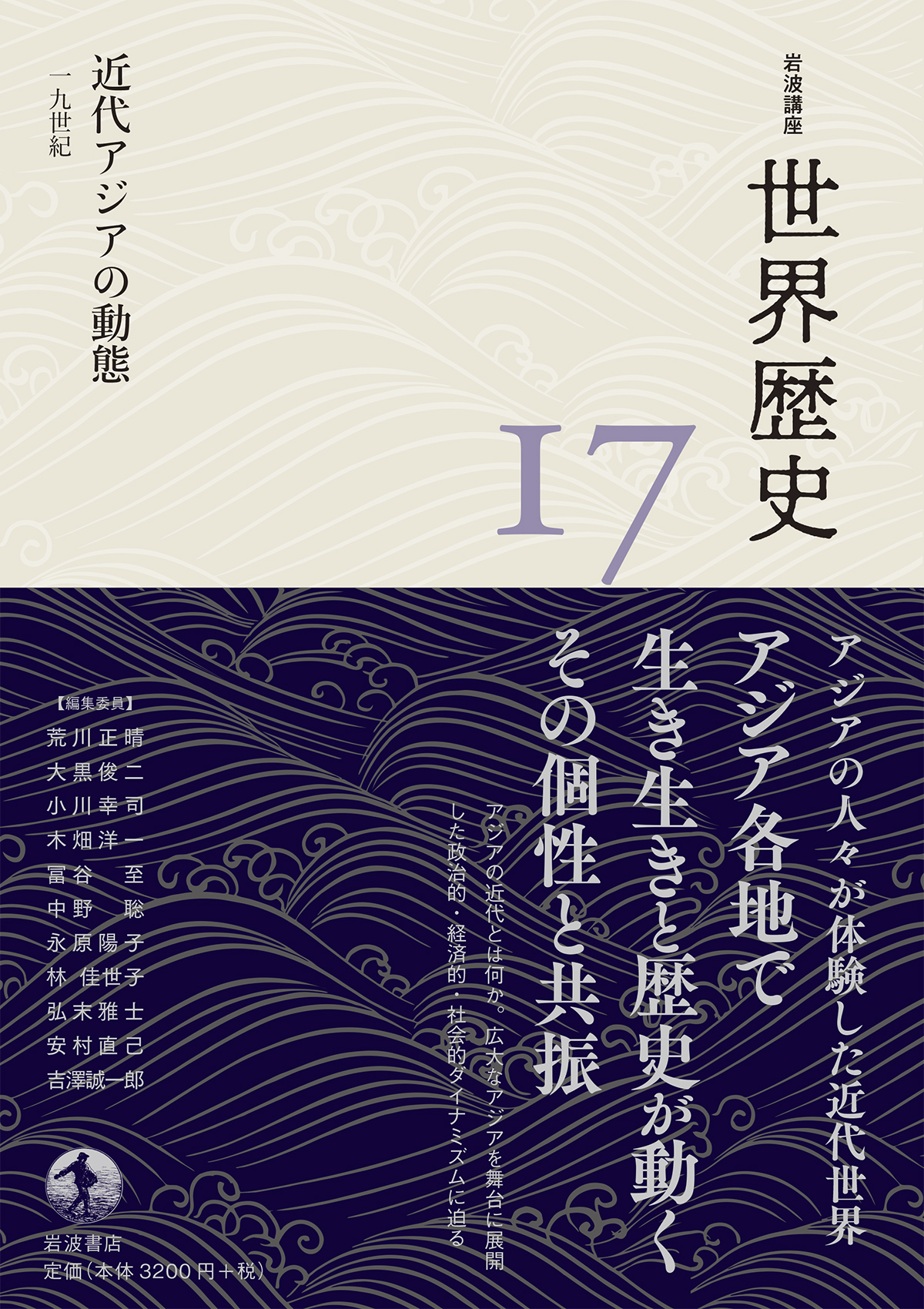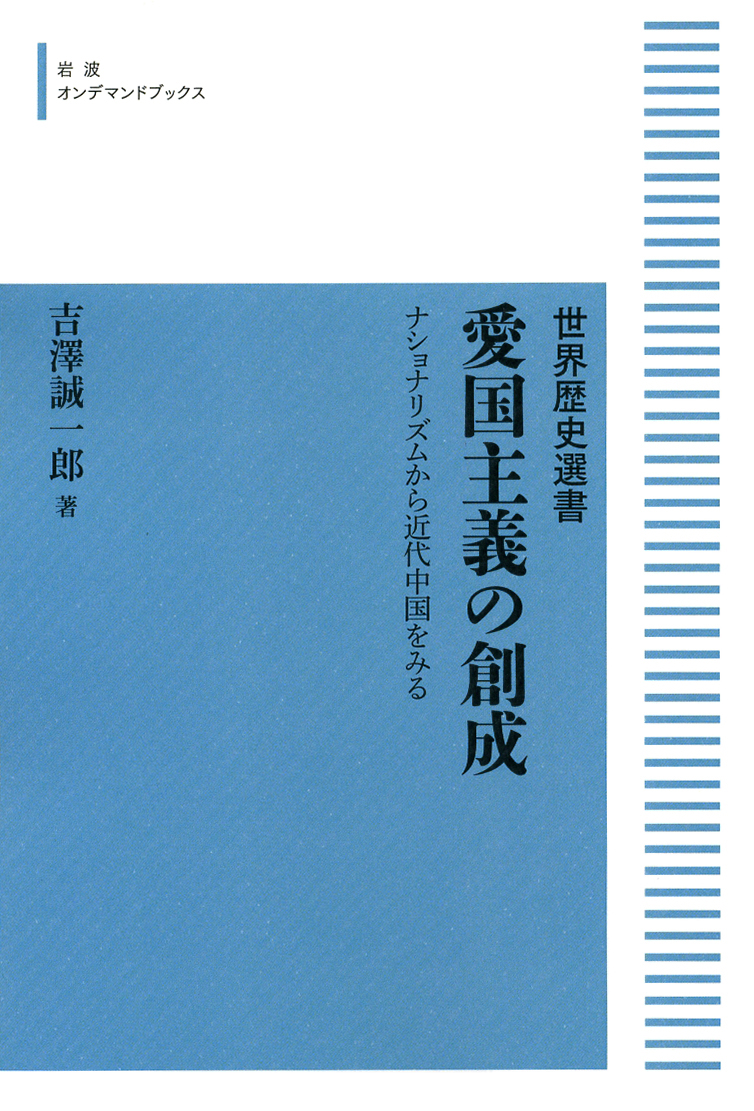
Title
Aikoku-Syugi no Sosei (Inventing Nationalism in Modern China)
Size
262 pages, 127x188mm, softcover, Book-On-Demand
Language
Japanese
Released
May 12, 2015
ISBN
9784007301957
Published by
Iwanami Shoten.
Book Info
See Book Availability at Library
Japanese Page
Much has been discussed about nationalism in general; in such a context, I am curious as to whether nationalism in China has elements that are very characteristic.
My main basic argument in this book is twofold, that is, the first 10 years of the 20th century represent the most noteworthy and important period when considering the origin of Chinese nationalism, yet the framework of this nationalism wasn’t necessarily unique to China.
In this book, I attempt to consider the above two issues based on specific events. For example, Chapter 2 deals with the anti-American movement of 1905, largely due to the information that places such as California began rejecting Chinese people migrating to the United States and the US federal government also adopted policies to restrict the influx of Chinese people. This spread the perception in China that Chinese people were oppressed in the United States. Feeling irate, Chinese people took countermeasures such as a boycott of American products. This movement spread to major cities throughout China, along with a call to unite for China. The success of this movement largely depended on whether individual shops carried American products and the general public bought American products. The movement for nationalism developed through such propaganda.
When looking at China as a whole, only those who lived in the urban areas participated in this movement. Therefore, this movement in the early 20th century was actually important as the origin of nationalism rather than as a movement in which patriotism pulled the majority of citizens together. The awareness of nationalism that ordinary people like farmers may have had was out of the scope of this book and left for future studies by other researchers.
In this book, I emphasize that nationalism in China was not established until various elements such as patriotism, ethnic nationalism, and racism circulating in the world in the early 20th century were referred to. In this sense, I don’t think it was much different than similar ideas and movements often seen in the world. On the other hand, given that each form of nationalism must assert its characteristic features to have a reason to exist, there is a need to paint a unique self-image by using various traditional elements. The urge to seek the history arises because nationalism is similar, regardless of the country beneath the surface.
(Written by YOSHIZAWA Seiichiro, Professor, Graduate School of Humanities and Sociology / 2018)
Related Info
https://www.iwanami.co.jp/book/b259855.html



 Find a book
Find a book


